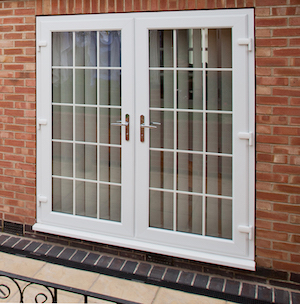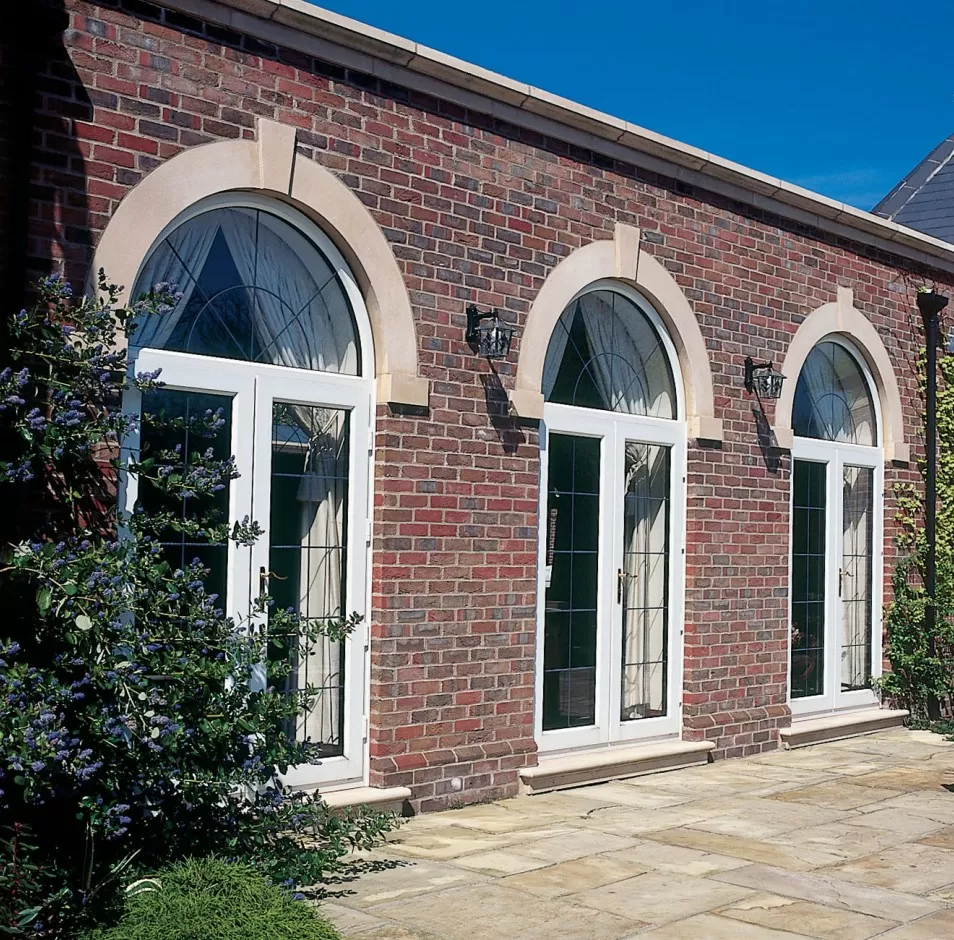What's The Job Market For French Door Seal Replacement Professionals?
페이지 정보

본문
 French Door Seal Replacement
French Door Seal Replacementfrench door lock repair near me door seals help control the temperature of the home and saves money on energy costs. This easy DIY project can be completed within an hour.
 Tubular and V-strip seals function as air barriers, usually placed in grooves that are milled at the base of a door or replace window with french doors sash; or between a door and frame. These types of seals are generally self-sticking, and require less time to set up.
Tubular and V-strip seals function as air barriers, usually placed in grooves that are milled at the base of a door or replace window with french doors sash; or between a door and frame. These types of seals are generally self-sticking, and require less time to set up.Selecting the Correct Weatherstrip Seal
Over time, the seals on your doors can fail due to daily use and natural wear and wear and. This allows air from outside to escape, resulting in more expensive heating and cooling costs and a loss of indoor comfort. Weather stripping stops rain, snow and noises from outside getting in, while also preventing the costly leakage of heated or cool air.
There are many different types of weather stripping available. Some are more durable than others, while others are more easy to install. The type of weatherstripping you choose will depend on your individual requirements.
Felt weatherstrip is the most commonly used and inexpensive option. It is typically attached to the jamb. Once the door closes it expands the material, creating an airtight seal. Felt is best used in dry conditions as it does not hold against moisture.
Foam tapes are made of open-cell or closed cell foam. They have a sticky backing. It is available in a variety of widths and thicknesses, making it perfect for the repair of small gaps. It can be cut to size and then installed along the top of a door or in the corners of window frames.
The weatherstrip made of rubber is an option that is more durable and is similar to foam tape. It is usually attached to the jamb or door frame by means of adhesive and is simple to install. It comes in a range of widths, and is also able to be cut to accommodate larger gaps.
Door sweeps are flat pieces made of plastic, aluminum or stainless steel that have a brush-like seal. They are used to prevent drafts and snow buildup at the bottom of the door or near its hinge.
The push-on seals (also called "C-clip seals") are designed to be pushed on a lip. They feature a metal core that is completely covered in rubber to stop corrosion. They are designed to reduce drafts, stop leaks, and make closing and opening doors more convenient.
The weatherstripping for cars is usually determined by the car's unique model, make and year. This can be both useful and frustrating, since you might be unable to locate the exact weatherstripping that matches your car because it is usually sold out.
Removal of the Old Weatherstrip
A damaged or missing part of weatherstrip may result in air infiltration, energy loss and the entry of insects. Sealants or patches can be used to repair french doors minor tears and damage, but a more comprehensive repair is usually required for more serious damage. Door weatherstrips are an essential home maintenance item and replacing it could aid in improving the comfort, energy efficiency and value of your home.
Whether your existing weatherstrip is made of rubber, vinyl or steel, it's important to remove it carefully prior to beginning the new installation process. This will ensure that the new weatherstrip adheres well to the door frame and doesn't create any gaps that can allow moisture in or drafts to escape.
Start by taking off the screws or nails that hold the old weatherstrip Then, pull it away from either side of the doorframe. Clean the area thoroughly to ensure that there is nothing in the area that could hinder the adhesion of the new seal to the door frame. Take into consideration how you'll dispose of the old seal. Some regions have regulations on its disposal.
When the surface of the old weatherstrip has been cleaned and you're ready to measure the new material. Make sure you have accurate measurements; even an inch can result in an unfitting weatherstrip seal. Use a tape measure to get your measurements. Always keep in mind the phrase "measure twice, cut once".
Before you purchase a new weatherstrip, make sure to test its suitability by closing your windows and doors and making sure that they close with no gaps. You'll also want to ensure that your hinges are tightened, as an unbalanced door could lead to gaps between the weatherstrip and door frame.
Once you've got the right measurements and test-fitted the new weatherstrip, it's time to buy and prepare your materials. The instructions provided by the manufacturer will instruct you how to cut the weatherstrip. For example, some vinyl and rubber varieties of weatherstrips are cut with shears or a utility knife while metal types should be cut using Tin cutting snips.
Cutting the New Weatherstrip
A properly-functioning door weatherstrip seal is a great way to control indoor temperatures and reduce drafts, improving comfort and French Door Seal Replacement energy efficiency. However, over time and with constant use, this essential DIY home improvement can wear or get damaged and require replacement. To keep your doors working correctly, regular inspections and regular maintenance is recommended.
The right kind of weather stripping is essential regardless of whether you're replacing an old one or adding it to a door frame that is not properly insulated. There are a variety of weatherstripping available. Each has its own advantages and drawbacks. Foam tape, as an example, is a common option that is easy to cut and install. This material is made from open or closed-cell foam or EPDM rubber with a sticky back. It is available in a variety sizes making it a good option for gaps that aren't quite the same size. Foam seals are also ideal for the top and bottom of window sashes, and are easily cut to fit.
Pile weatherstripping on the other hand, utilizes an acrylic polypyrene base that has tiny brush hair. It is designed to fit in a small channel that runs across the lock stile or hinge stile of your door. Installers typically employ a screwdriver or hammer to secure this form of weatherstripping. In time the stakes can become loose or even fall away, allowing the weather stripping beneath your door to slide.
To avoid this from happening, when you purchase a new weatherstrip for your pile, make sure to select the correct base width, and consider using adhesive-backed alternatives. This will eliminate the hassle of having stake it in place and ensure that the new weatherstrip is securely attached.
Before beginning the work, make sure that the area surrounding your french door is clean and free of any debris and residues left by the old weather stripping. This will ensure that your new seal will create a strong barrier against drafts and is able to hold a solid connection to the door frame. Make precise measurements of the groove that the old weatherstrip used. This will ensure that the new seal is fitted properly.
Installing the Weatherstrip
A properly functioning door weather strip seal provides a tight barrier to the outside air and moisture, protecting your home's doors, frame, and walls from damage. It can also help reduce energy consumption and cost by blocking drafts. It's a simple DIY project to replace french door damaged or worn-out weather strip. The effort is worth it if you're looking to minimize energy loss and maximize your indoor comfort.
The first step in installing your new weatherstrip is to clean the area you plan to apply it. Make use of a brush or a towel to get rid of any dust, dirt, or residue on the frame that could compromise the bond between the adhesive and the new weather stripping.
Once the area is clean and dry, you can decide the type of weather stripping you'll need. There are a myriad of choices, ranging from low-cost self-adhesive tapes to highly effective rubber gaskets. Some are put into grooves milled into the base of a window or door and others such as tubular or reinforced silicone, come connected to a wooden or metal strip that can be screwed or nailed into the desired location.
Think about durability, longevity and the ease of installation before deciding on the right type. Adhesive-backed weather stripping is easy to apply, but some kinds, like interlocking weather stripping made of metal will require a bit more knowledge and expertise.
After you've selected a type take care to measure and cut it to the correct length. Remember the old adage "Measure twice, cut once." This will ensure that your new weather stripping is precisely sized and will fit the groove in a proper way.
Test your weatherstrip before installing it. Close the door and verify a tight seal. If the door is difficult to close, or there are gaps in the seal the weather stripping might be too thick. The measurements could be off by a few millimeters. If this is the case, you can cut it down to the right size or reapply it in order to achieve a better fit.
After you've completed the glue, it's important to wait 24 hours before closing the trunk lid or opening the door. Shutting them while the adhesive is still wet may cause the weatherstrip to slide off of the newly glued surface which can allow water and other elements into your home.
- 이전글5 Killer Quora Answers To Exercise Bicycle For Sale 25.04.04
- 다음글Why You Should Focus On Enhancing Mazda 2 Key 25.04.04
댓글목록
등록된 댓글이 없습니다.




